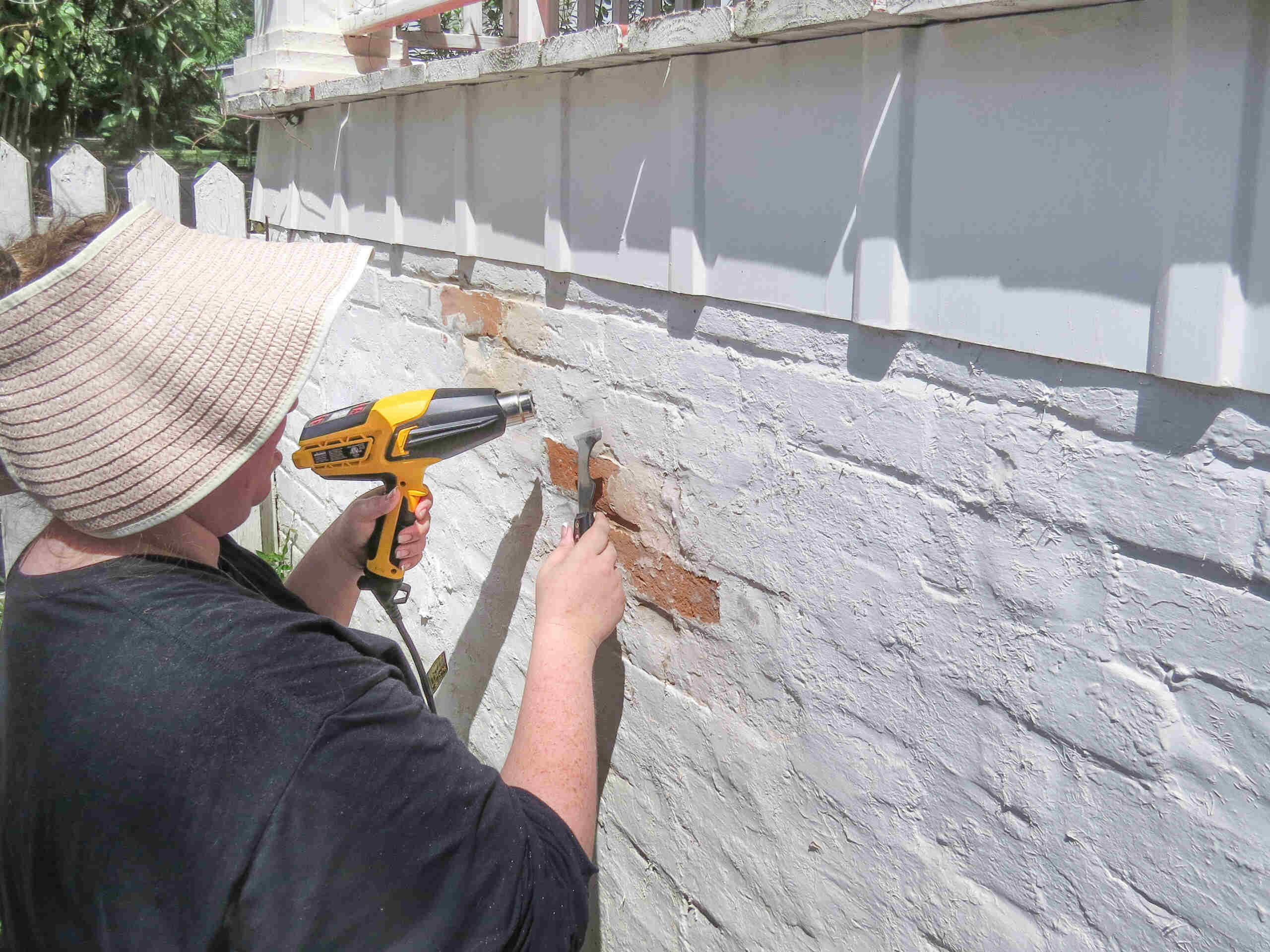

Articles
How To Remove Paint From Exterior Walls
Modified: January 23, 2024
Learn effective techniques and tips for removing paint from exterior walls with our informative articles. Discover the best methods for a successful paint removal process.
(Many of the links in this article redirect to a specific reviewed product. Your purchase of these products through affiliate links helps to generate commission for Storables.com, at no extra cost. Learn more)
Introduction
Painted exterior walls can add beauty and protection to any home or building. However, over time, paint can become worn, chipped, or faded, requiring a fresh coat or a complete removal. If you’re looking to remove paint from your exterior walls, whether it’s to prepare for repainting or to restore the original surface, there are various methods you can use to achieve a clean and smooth finish.
In this article, we will explore four effective methods for removing paint from exterior walls. Each method has its own advantages and considerations, so you can choose the one that suits your specific needs and the condition of your walls.
Before diving into the different techniques, it’s important to gather the necessary tools and materials. This will ensure that you have everything you need to successfully complete the project.
Key Takeaways:
- Choose the Right Method: Whether using a paint scraper for precision or a pressure washer for efficiency, select the best paint removal method based on the size and condition of your exterior walls.
- Prioritize Safety: Wear protective gear, work in a well-ventilated area, and follow instructions carefully to ensure a safe and successful paint removal process.
Read more: How To Remove Mildew From Exterior Walls
Tools and Materials Needed
Before you begin the paint removal process, gather the following tools and materials:
- Paint scraper: A sturdy paint scraper will help you manually remove the paint from the walls. Look for one with a comfortable grip and replaceable blades.
- Pressure washer: If you choose to use the pressure washing method, you’ll need a high-pressure washer with an appropriate nozzle for paint removal.
- Chemical paint remover: If you opt for a chemical paint remover, choose one that is safe for exterior surfaces and suitable for the type of paint you are removing. Follow the manufacturer’s instructions carefully.
- Sanding equipment: Sandpaper or a sanding machine will be necessary if you decide to sand the paint off the walls.
- Protective gear: Wear safety goggles, a dust mask, and gloves to protect yourself during the paint removal process.
- Drop cloths or plastic sheets: Cover nearby plants, furniture, and surfaces with drop cloths or plastic sheets to prevent any damage or staining.
- Bucket and sponge: You’ll need a bucket filled with warm water and a sponge to clean the walls after paint removal.
- Rags and towels: Keep rags or towels handy to wipe away excess paint or to clean up any spills.
Make sure you have all the necessary tools and materials before you begin your paint removal project. Having everything prepared will help you work efficiently and achieve the best results.
Prep Work
Before you start the paint removal process, it’s important to do some prep work to ensure a smooth and successful project:
- Protect nearby surfaces: Use drop cloths or plastic sheets to cover any nearby plants, furniture, or surfaces that may be at risk of paint splatters or damage.
- Remove obstacles: Clear the area around the walls of any obstacles or furniture that could obstruct your work or get in the way.
- Clean the walls: Thoroughly clean the exterior walls to remove any dirt, dust, or debris. Use a gentle soap or detergent with warm water and a sponge to scrub the surface. Rinse the walls with clean water and allow them to dry completely before proceeding.
- Inspect for loose or flaking paint: Carefully examine the walls for any loose or flaking paint. Use a paint scraper or sandpaper to remove any loose paint. This will ensure that the remaining paint adheres properly after the removal process.
- Protect yourself: Put on safety goggles, a dust mask, and gloves before you begin the paint removal process. These protective measures will help prevent any injuries or exposure to harmful chemicals.
By taking the time to properly prepare the area and the walls, you’ll create a safe and clean environment for the paint removal process. This will lead to better results and make the overall project more manageable.
Method 1: Using a Paint Scraper
Using a paint scraper is a manual and labor-intensive method, but it can be highly effective for removing paint from exterior walls. Follow these steps to utilize this method:
- Start with a clean surface: Ensure that the walls are clean and free from any loose dirt or debris.
- Wear protective gear: Put on safety goggles, a dust mask, and gloves to protect yourself during the paint removal process.
- Hold the scraper at a slight angle: Hold the paint scraper at a slight angle against the wall, ensuring that the blade is in contact with the paint.
- Apply pressure and scrape: Apply consistent pressure to the scraper and begin scraping the paint off the surface. Work in small sections at a time and use smooth and controlled motions.
- Remove loose paint: As you scrape, collect the loose paint chips in a drop cloth or plastic sheet to prevent them from falling onto the ground.
- Repeat as necessary: Continue scraping the paint until you have removed the desired amount. If there are multiple layers of paint, you may need to repeat the process to remove all layers.
- Clean the walls: After removing the paint, clean the walls with a sponge and warm water to remove any residue or dust.
Using a paint scraper is a cost-effective method and gives you more control over the paint removal process. However, it requires physical effort and can be time-consuming, especially for large areas or multiple layers of paint. Take breaks as needed and ensure that you work safely to avoid any accidental damage to the walls.
Method 2: Pressure Washing
Pressure washing is a popular method for removing paint from exterior walls, especially for larger surfaces or stubborn paint layers. Here’s how you can use this method:
- Select the right pressure washer: Choose a high-pressure washer with a nozzle that is suitable for paint removal. Adjust the pressure settings based on the type of paint and the condition of the walls.
- Prepare the area: Clear the surrounding area and protect nearby surfaces with drop cloths or plastic sheets to prevent any damage from the paint chips or high-pressure water.
- Wear protective gear: Put on safety goggles, a dust mask, and gloves to protect yourself from debris and ensure your safety during the pressure washing process.
- Hold the pressure washer at a distance: Hold the pressure washer nozzle at a safe distance from the wall, usually about 12-18 inches away, and aim it at a slight angle.
- Spray the walls: Start spraying the walls with high-pressure water, moving in smooth and overlapping motions. Direct the water at the paint, focusing on one section at a time.
- Observe the results: As you spray, observe the paint starting to peel or chip off. Adjust the pressure or nozzle settings if necessary to remove the paint effectively without damaging the surface.
- Repeat and clean: Continue the pressure washing process until all the desired paint has been removed. Afterward, clean the walls with a sponge and warm water to remove any remaining residue.
Pressure washing can be a quick and efficient method for paint removal, especially for large areas or surfaces with multiple layers of paint. However, it’s important to use caution and maintain a safe distance to prevent any damage to the walls or surrounding areas. Follow the instructions for your specific pressure washer and ensure that you’re using the appropriate settings for paint removal.
Use a pressure washer with a high-powered nozzle to remove paint from exterior walls. Start from the top and work your way down, being careful not to damage the surface. Always wear protective gear.
Method 3: Chemical Paint Removers
Chemical paint removers are effective for removing paint from exterior walls, particularly when dealing with multiple layers or stubborn paint. Follow these steps when using chemical paint removers:
- Select a suitable paint remover: Choose a chemical paint remover that is designed for exterior surfaces and compatible with the type of paint on your walls. Read the instructions and safety precautions on the product packaging carefully.
- Prepare the area: Clear the area around the walls and protect nearby surfaces with drop cloths or plastic sheets to prevent any accidental spills or damage.
- Wear protective gear: Put on safety goggles, a dust mask, and gloves to protect yourself from the chemicals and ensure your safety throughout the paint removal process.
- Apply the paint remover: Follow the instructions provided with the paint remover and apply it to the walls using a brush or roller. Ensure an even and generous application, covering the entire painted surface.
- Allow sufficient dwell time: Allow the paint remover to sit on the walls for the recommended amount of time specified on the product packaging. This allows the chemicals to soften and loosen the paint.
- Scrape or pressure wash: Once the dwell time has elapsed, use a paint scraper or pressure washer to remove the loosened paint. Follow the instructions provided with the paint remover for the recommended method of removal.
- Repeat if necessary: If there are multiple layers of paint or stubborn spots, you may need to repeat the process with additional applications of the chemical paint remover.
- Clean the walls: After the paint removal is complete, clean the walls with a sponge and warm water to remove any residue or remnants of the paint remover.
Chemical paint removers can be highly effective, but it’s important to follow the instructions and safety precautions provided by the manufacturer. Ensure proper ventilation in the area, and dispose of any leftover paint remover and materials according to local regulations.
Method 4: Sanding
Sanding is a manual method that can effectively remove paint from exterior walls, especially for smaller areas or intricate details. Follow these steps to use the sanding method:
- Gather the necessary equipment: Collect sandpaper or a sanding machine suitable for the job. Choose sandpaper with a grit appropriate for removing paint, such as 80 or 120 grit.
- Prepare the area: Clear the surrounding area and protect nearby surfaces with drop cloths or plastic sheets to prevent any debris or paint chips from causing damage.
- Wear protective gear: Put on safety goggles, a dust mask, and gloves to protect yourself from dust and ensure your safety during the sanding process.
- Start sanding: Hold the sandpaper firmly or operate the sanding machine, and begin sanding the painted surface. Use smooth and even strokes, moving in one direction to avoid creating grooves or uneven surfaces.
- Remove the loose paint: As you sand, the paint will begin to loosen. Use a brush or cloth to wipe away the loose paint chips and dust regularly.
- Continue sanding: Repeat the sanding process until you have removed the desired amount of paint. Take breaks as needed and check your progress periodically.
- Clean the walls: After sanding, use a damp cloth or sponge to clean the walls and remove any remaining dust or debris.
Sanding can be a labor-intensive method, but it allows for precise control and is suitable for smaller areas or intricate details. It’s important to use the appropriate grit of sandpaper and maintain a consistent pressure to avoid damaging the underlying surface.
Note: When sanding, be cautious of lead-based paint as it can be hazardous. If your exterior walls were painted before 1978 and you suspect the presence of lead-based paint, follow proper safety guidelines and consider consulting a professional for safe removal.
Safety Tips
When undertaking any paint removal project from exterior walls, it’s essential to prioritize safety. Follow these safety tips to ensure a secure and successful paint removal process:
- Wear protective gear: Put on safety goggles, a dust mask or respirator, and gloves to protect your eyes, lungs, and hands from any debris, chemicals, or dust.
- Work in a well-ventilated area: Ensure proper ventilation by opening windows and doors or using fans to circulate fresh air. This will help prevent the build-up of fumes or dust particles.
- Read and follow instructions: Read the instructions and safety precautions provided by manufacturers for any tools, equipment, or chemical products you are using. Follow them carefully to avoid accidents or injuries.
- Use caution with ladders: If you need to work at elevated heights, use a sturdy ladder and ensure it is positioned on stable ground. Follow ladder safety guidelines and have someone hold the ladder for added stability.
- Protect surrounding areas: Cover nearby plants, furniture, and surfaces with drop cloths or plastic sheets to prevent damage or staining from paint chips or chemical spills.
- Avoid dry scraping: Dry scraping paint can release harmful dust particles into the air. If using a paint scraper, moisten the surface with water or use a misting spray bottle to minimize dust production.
- Dispose of waste properly: Dispose of any paint chips, debris, or chemical waste in accordance with local regulations. Do not dump them into drains or the environment.
- Be cautious with lead-based paint: If you suspect the presence of lead-based paint, take extra precautions as it can be hazardous. Follow proper safety guidelines, such as wet scraping or consulting a professional for safe removal.
- Take breaks and stay hydrated: Paint removal can be physically demanding. Take regular breaks and stay hydrated to avoid fatigue and overheating.
By following these safety tips, you can minimize the risks associated with paint removal and ensure a safe working environment for yourself and others.
Conclusion
Removing paint from exterior walls can be a challenging task, but with the right tools and methods, it can be accomplished effectively. Whether you choose to use a paint scraper, pressure washer, chemical paint remover, or sanding, each method has its own advantages and considerations.
Using a paint scraper provides more control and is suitable for smaller areas or intricate details. Pressure washing is efficient for larger surfaces and stubborn paint layers. Chemical paint removers can effectively remove multiple layers of paint but require careful handling. Sanding allows for precise control and is ideal for smaller areas or detailed surfaces.
Regardless of the method chosen, it’s important to prioritize safety. Wear protective gear, work in a well-ventilated area, and follow the instructions provided by manufacturers. Take extra precautions for lead-based paint and ensure proper disposal of waste materials.
Before beginning any paint removal project, remember to prepare the area by cleaning the walls and protecting nearby surfaces. This will create a clean and safe work environment and help achieve better results.
Now that you’re equipped with the knowledge of different paint removal methods, tools, and safety tips, you can confidently remove paint from exterior walls. Take your time, be patient, and enjoy the process of restoring your walls to their original beauty.
Frequently Asked Questions about How To Remove Paint From Exterior Walls
Was this page helpful?
At Storables.com, we guarantee accurate and reliable information. Our content, validated by Expert Board Contributors, is crafted following stringent Editorial Policies. We're committed to providing you with well-researched, expert-backed insights for all your informational needs.
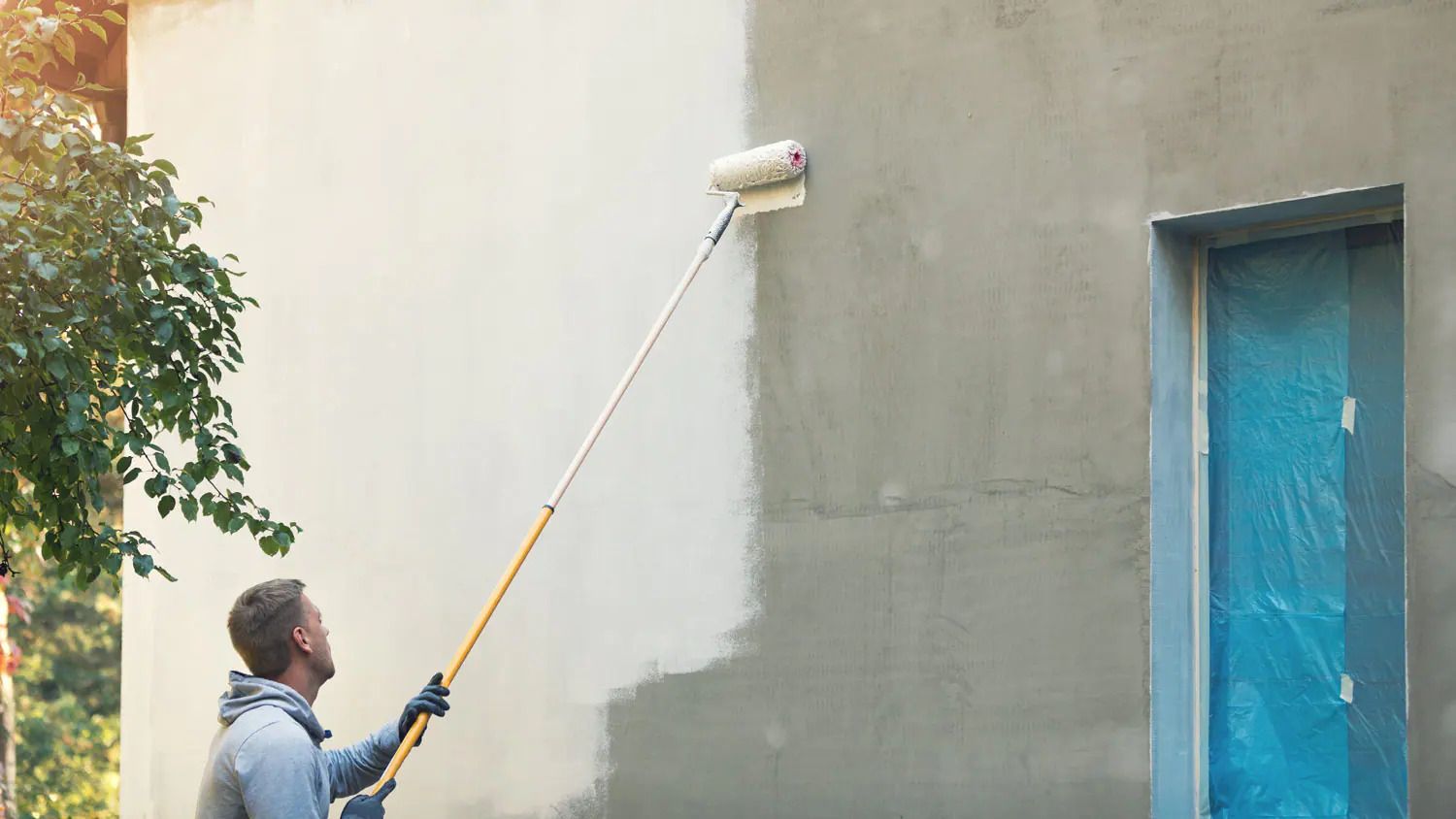
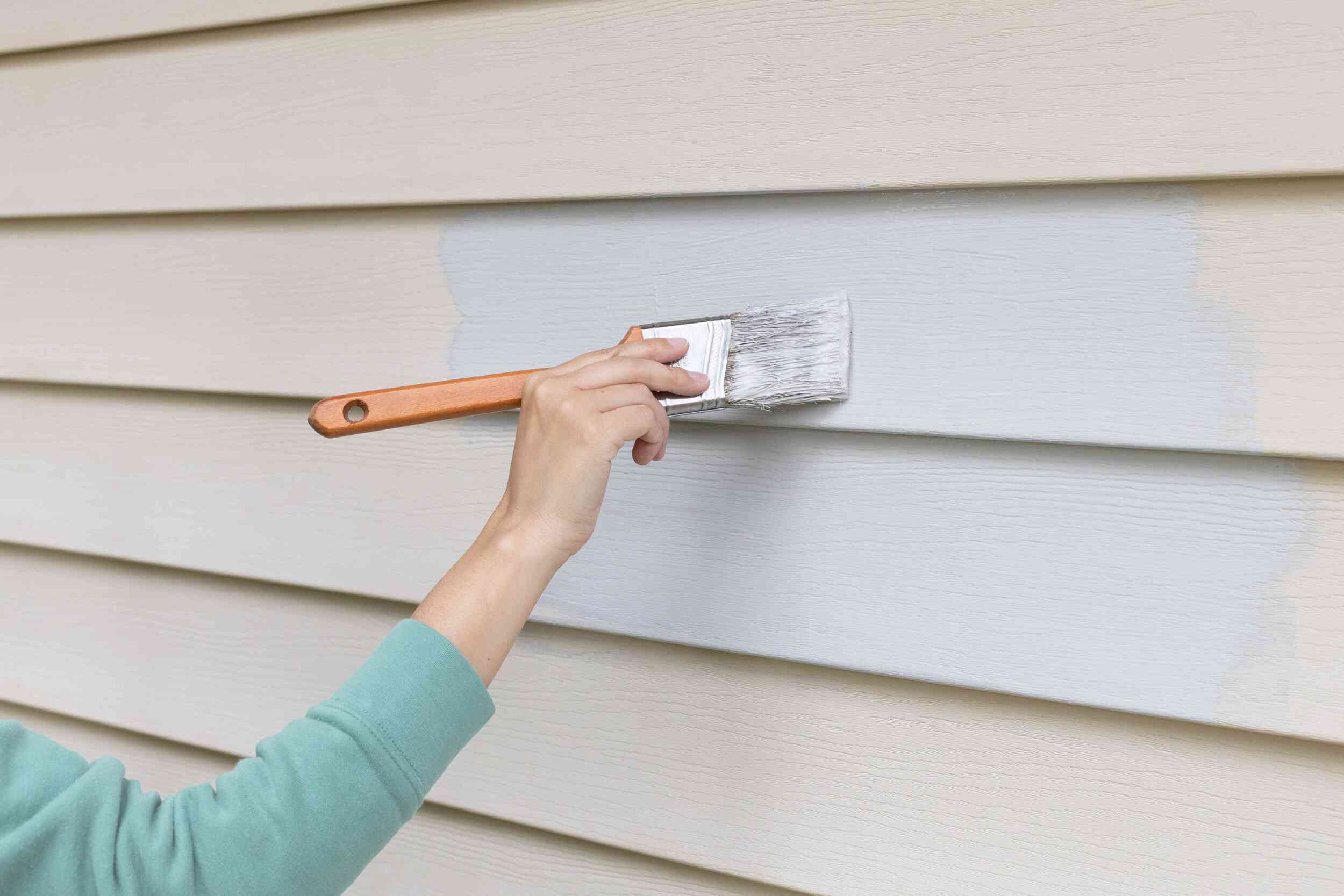
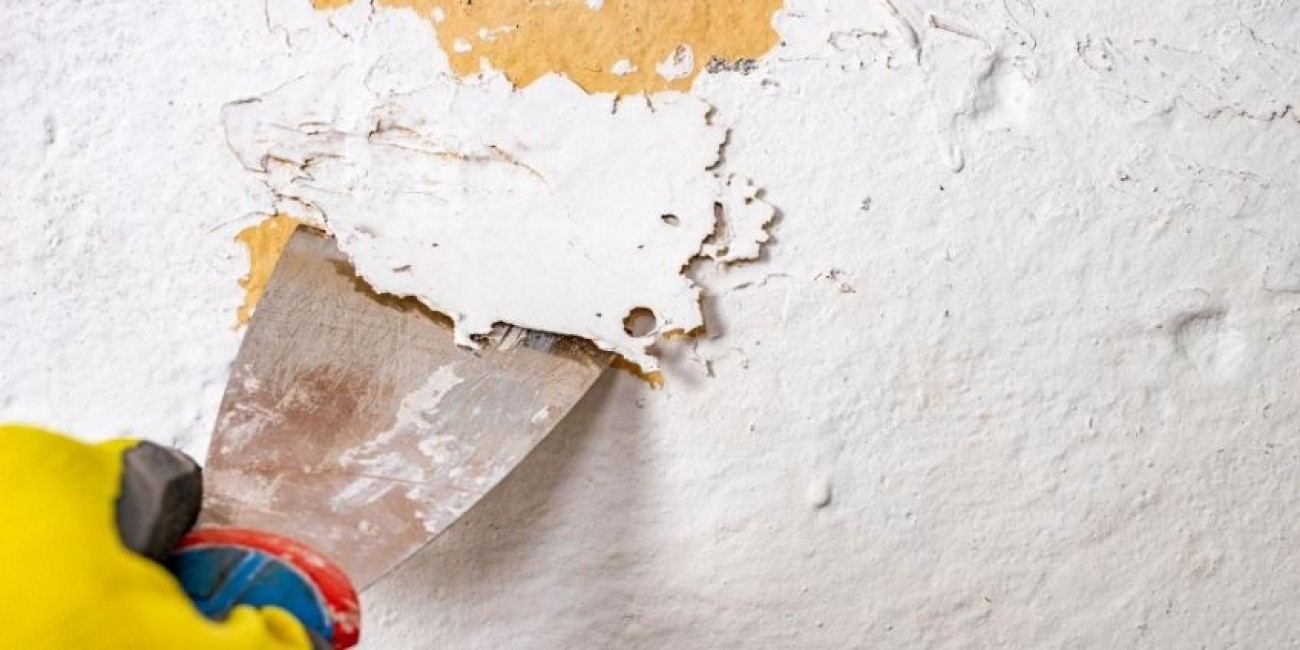
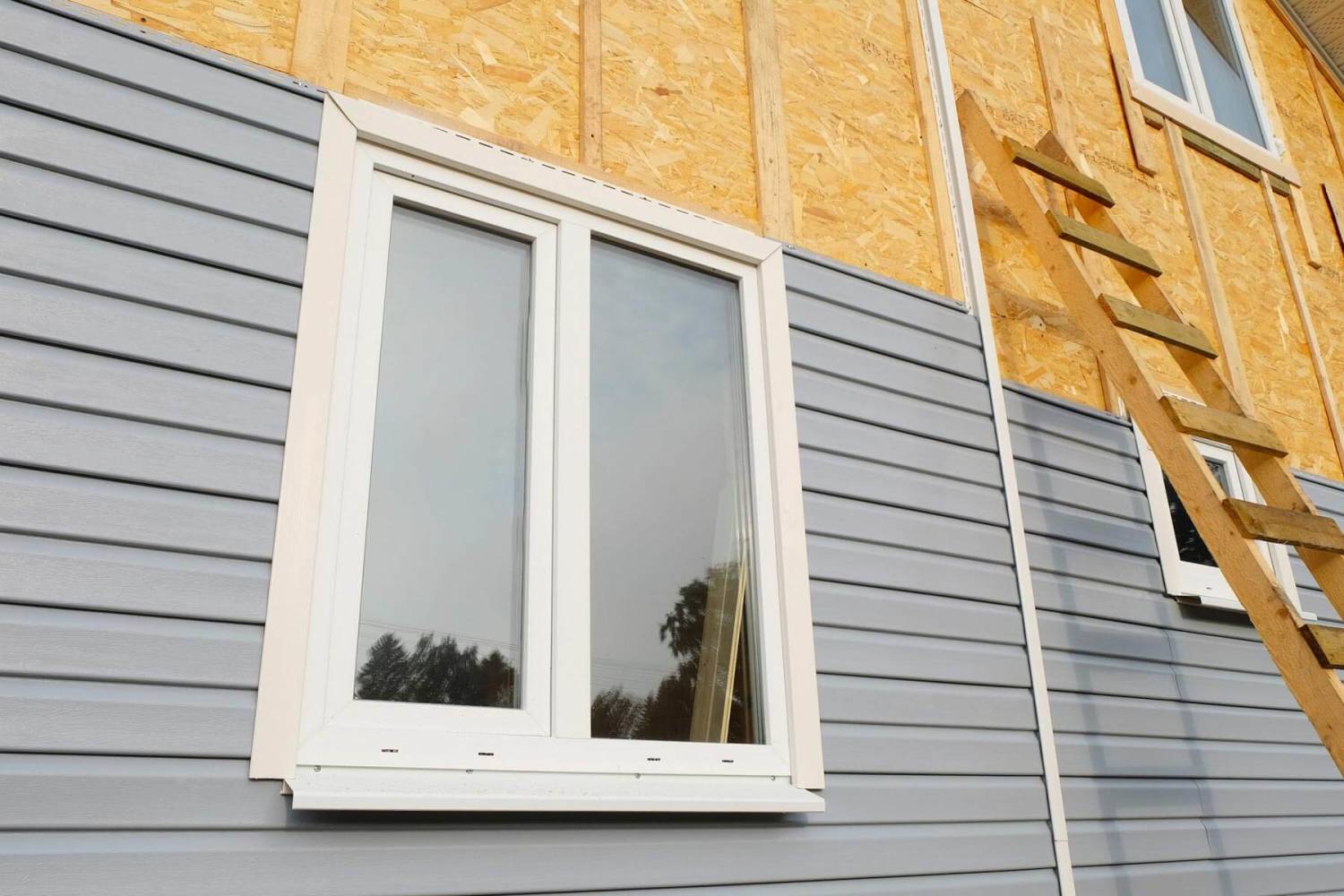
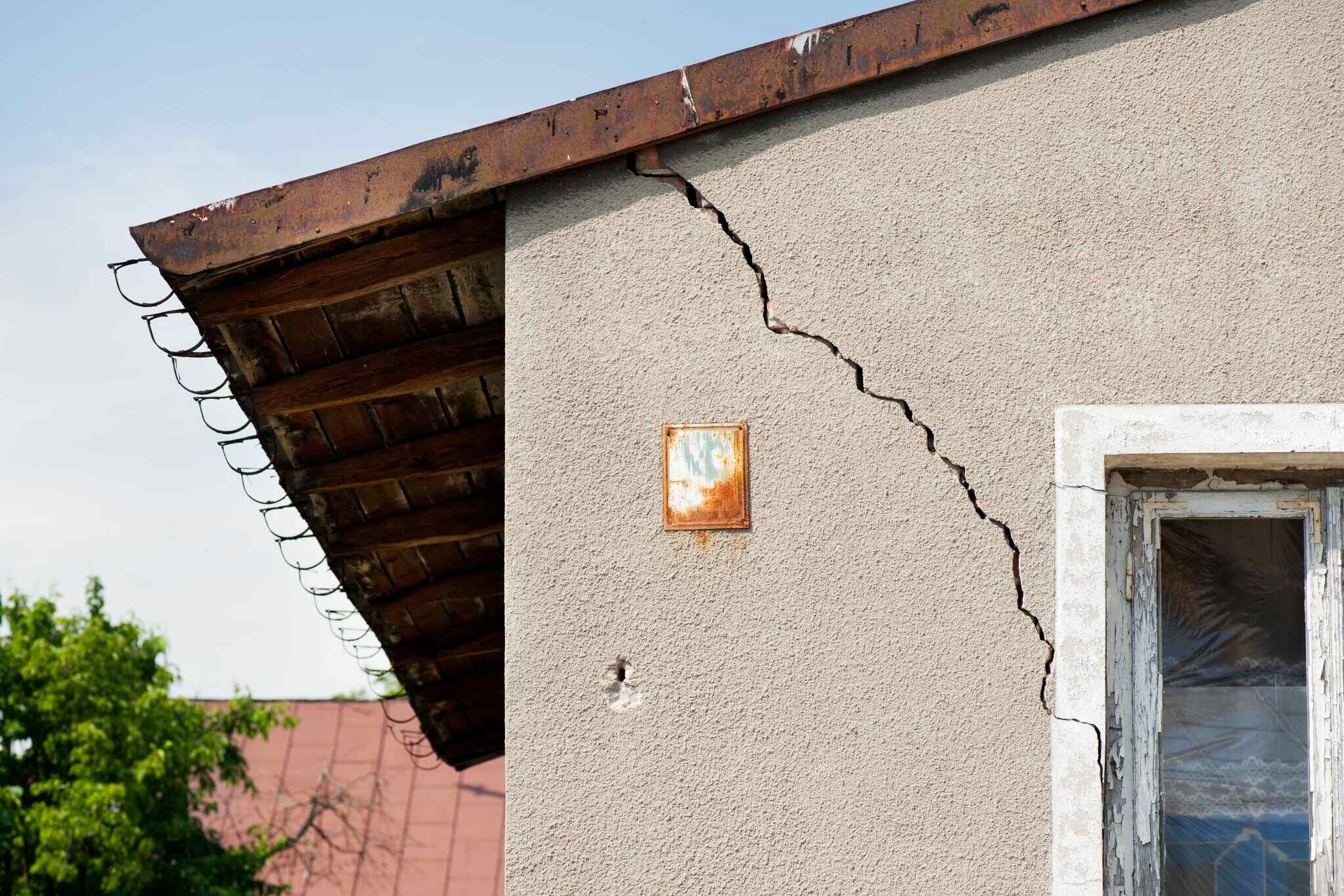
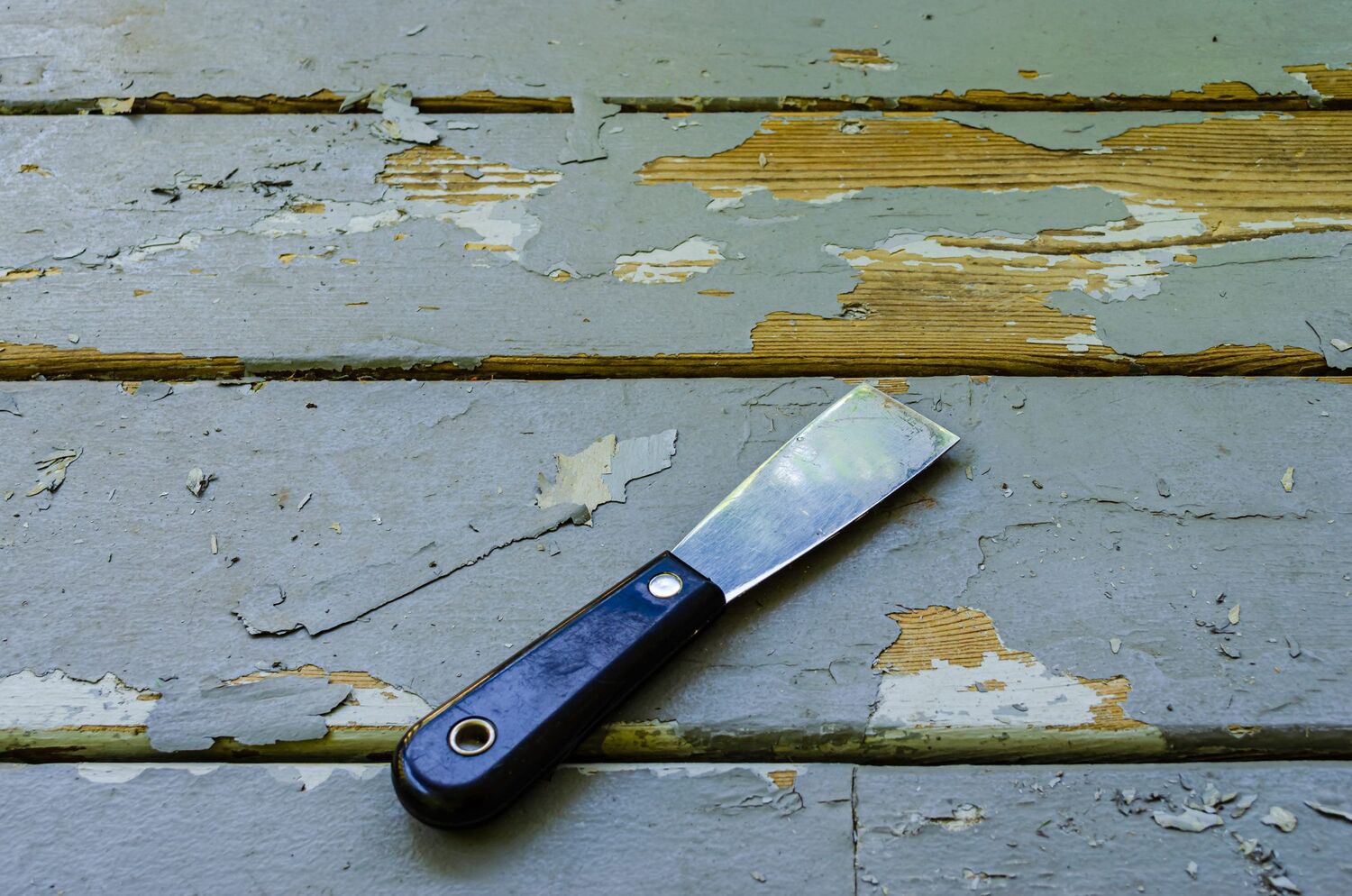

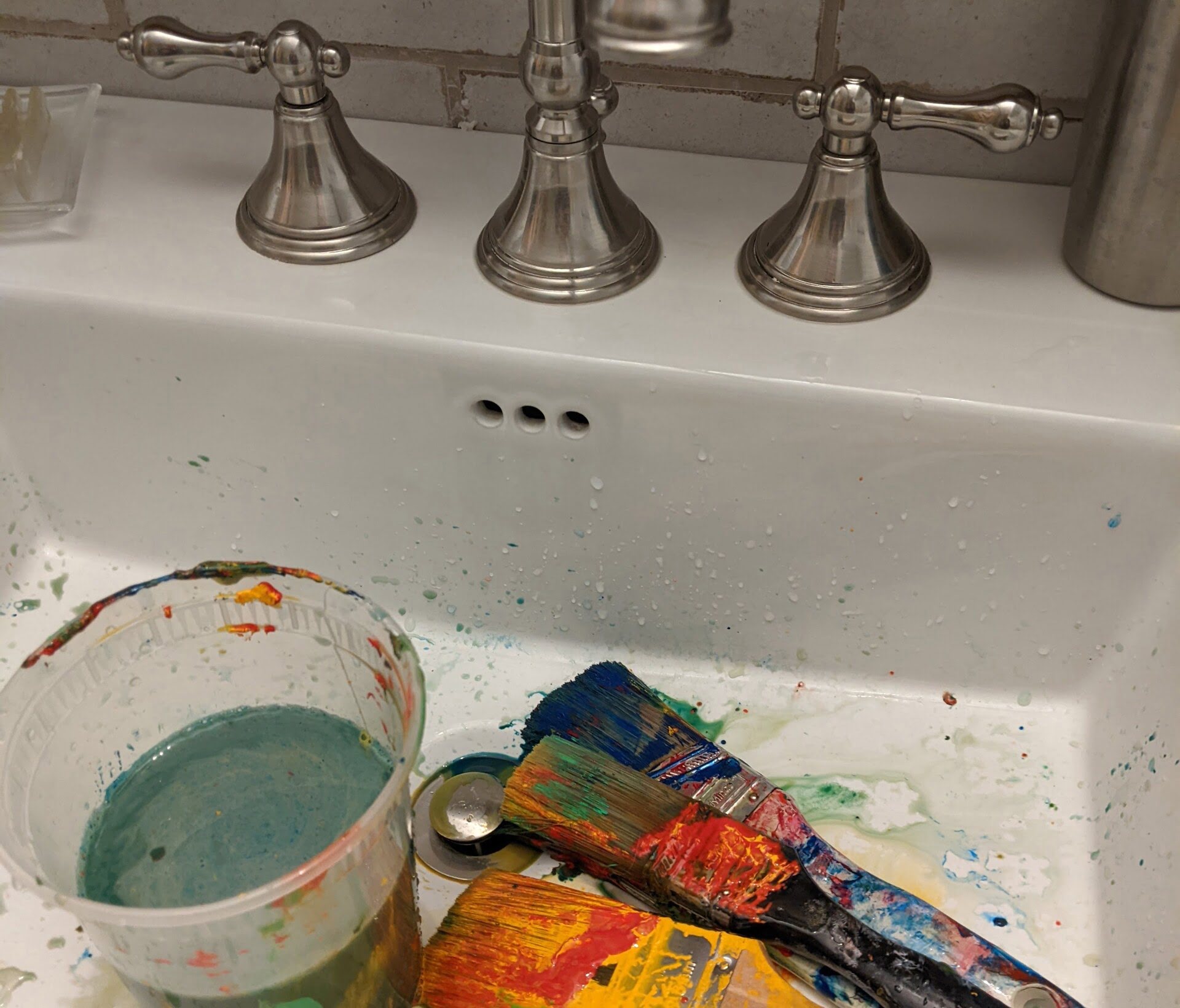

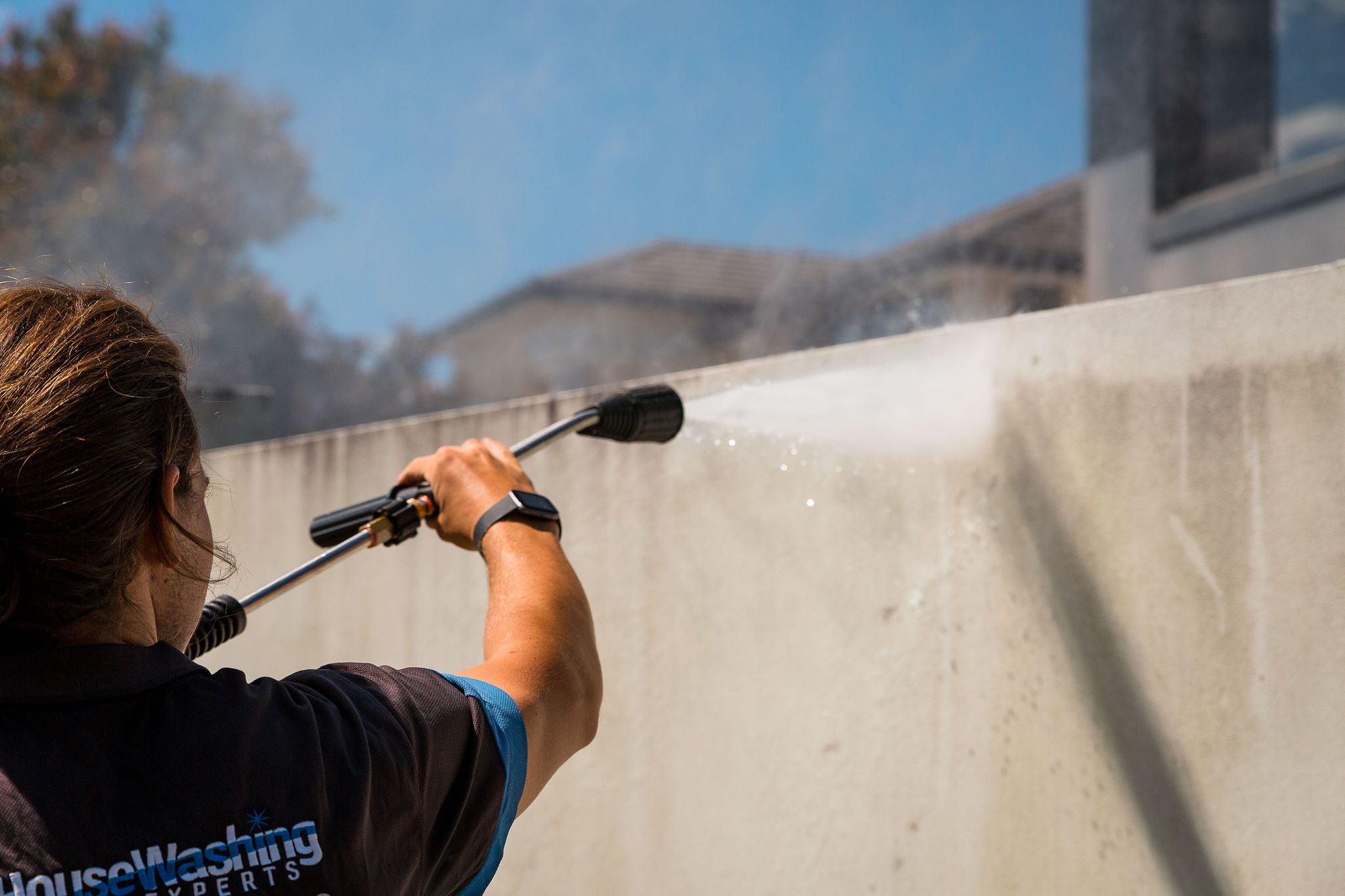

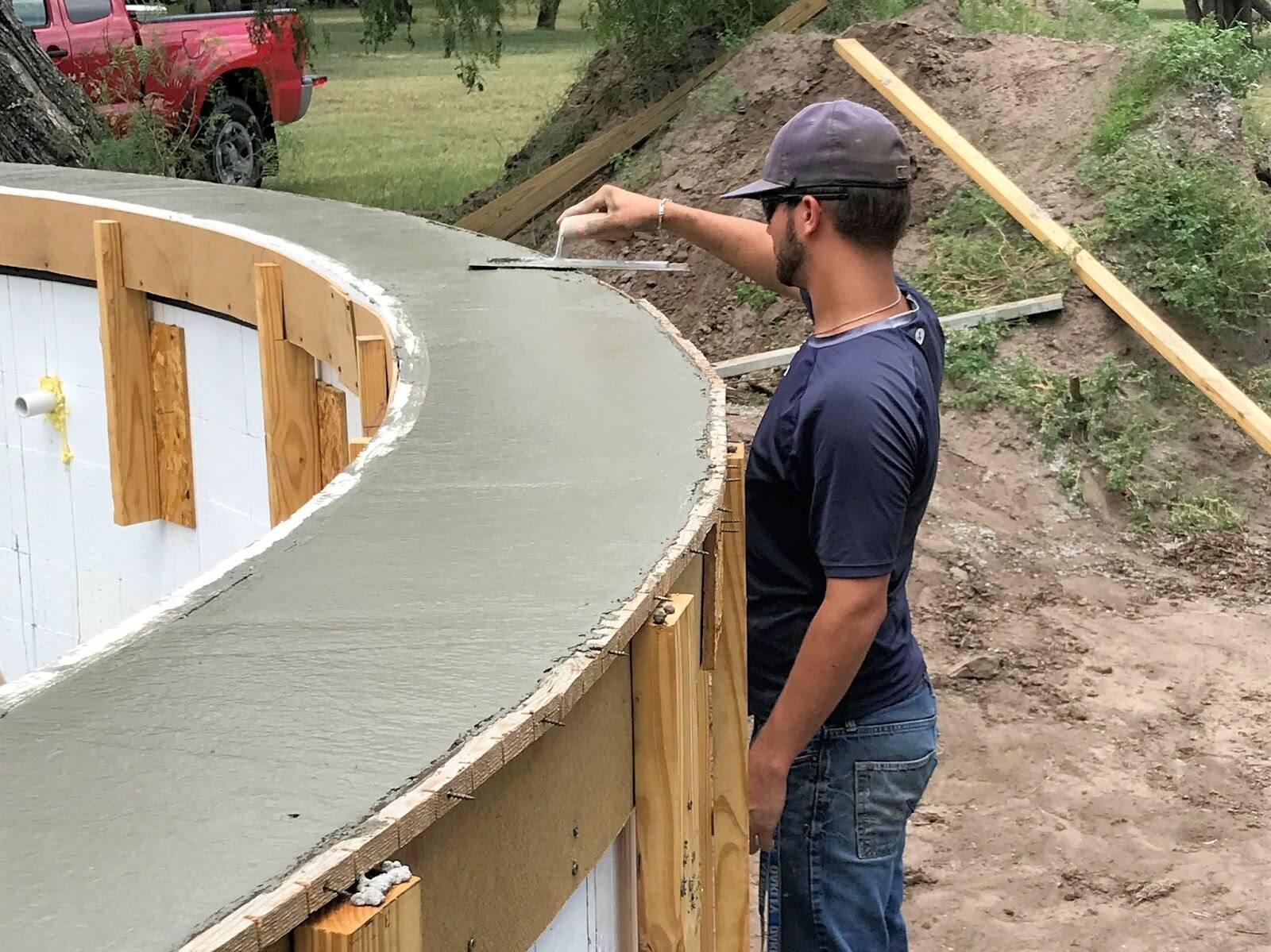

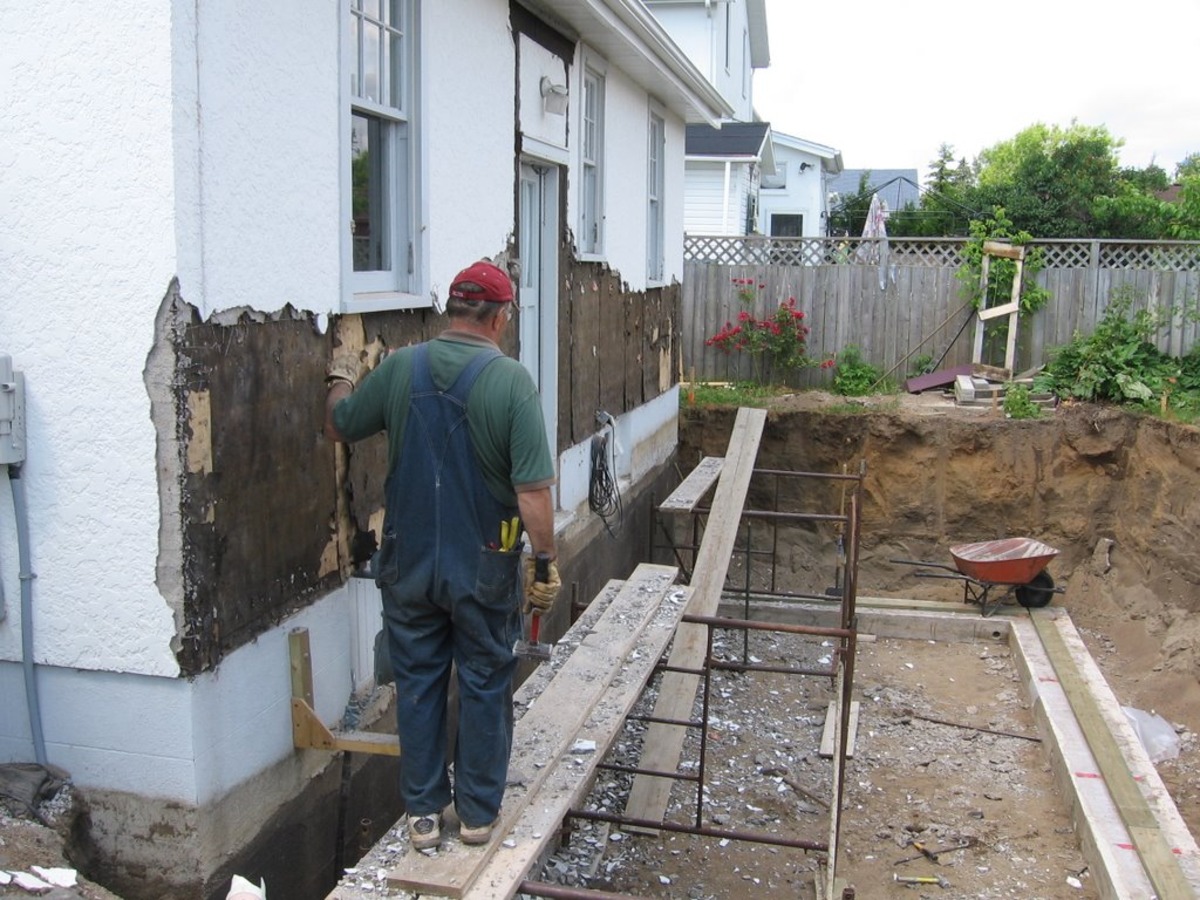

0 thoughts on “How To Remove Paint From Exterior Walls”